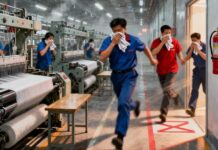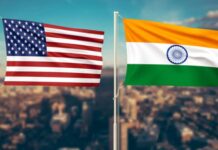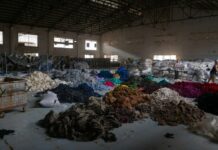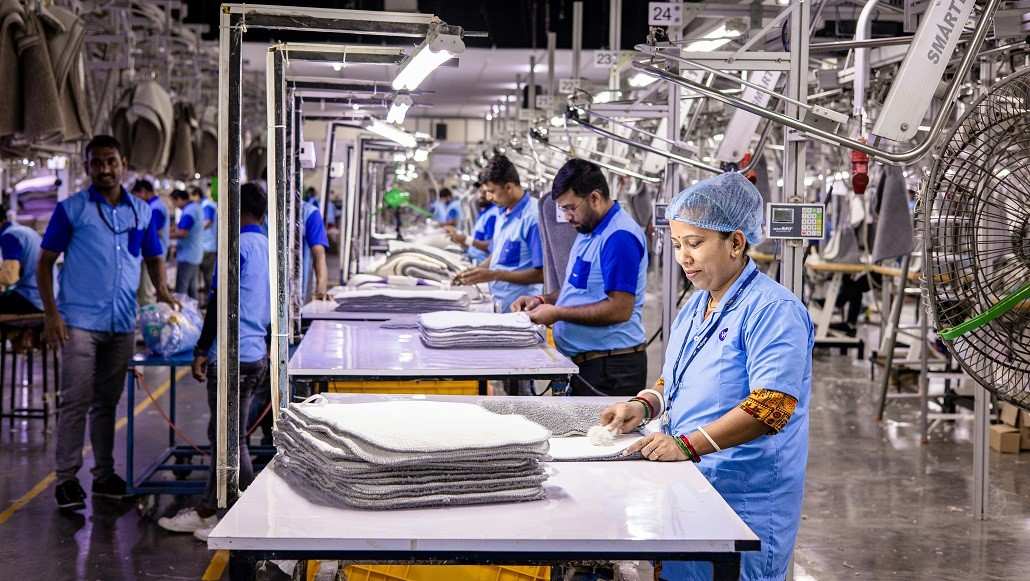Sri Lanka’s apparel industry is bracing for significant challenges as it prepares for the implementation of new tariffs that could impact the cost structure of this vital sector. With the apparel industry being one of the largest contributors to the nation’s export revenue, its stability is crucial for Sri Lanka’s economy and job creation.
Recently, US President Donald Trump has expanded his aggressive trade policy by adding Sri Lanka to a growing list of nations facing substantial new tariffs. In a letter, Trump announced that starting August 1, 2025, all goods imported into the United States from Sri Lanka will be subjected to a 30% tariff. This measure is part of a broader initiative that includes Algeria, Libya, and Iraq among seven countries targeted in this latest round of trade penalties.
Industry leaders in Sri Lanka are increasingly concerned that these elevated tariffs will lead to higher production costs, making their garments less competitive in global markets. This scrutiny comes at a time when the country is already contending with rising raw material prices and supply chain disruptions. The introduction of this 30% tax from the US could further complicate these existing challenges, potentially resulting in reduced orders and lower profit margins for local manufacturers.
In response to the anticipated tariff changes, stakeholders in the apparel sector are advocating for strategic measures, such as exploring alternative sourcing options and enhancing production efficiencies. Additionally, there is a call for government support to help navigate the new tariff landscape and maintain competitiveness in the wake of rising costs.
As the apparel sector adapts to these forthcoming tariff changes, the focus will be on ensuring sustainability and fostering innovation to meet the demands of a rapidly evolving global market. The coming months will be critical for Sri Lanka’s garment industry as it seeks to navigate this new economic environment while continuing to support its workforce and contribute to the national economy.


































